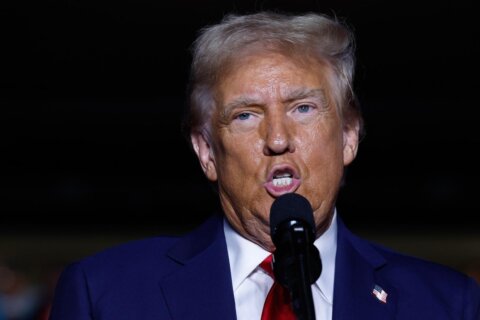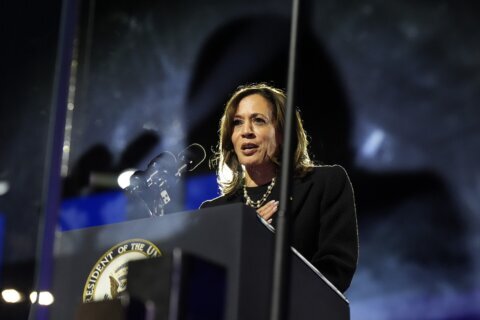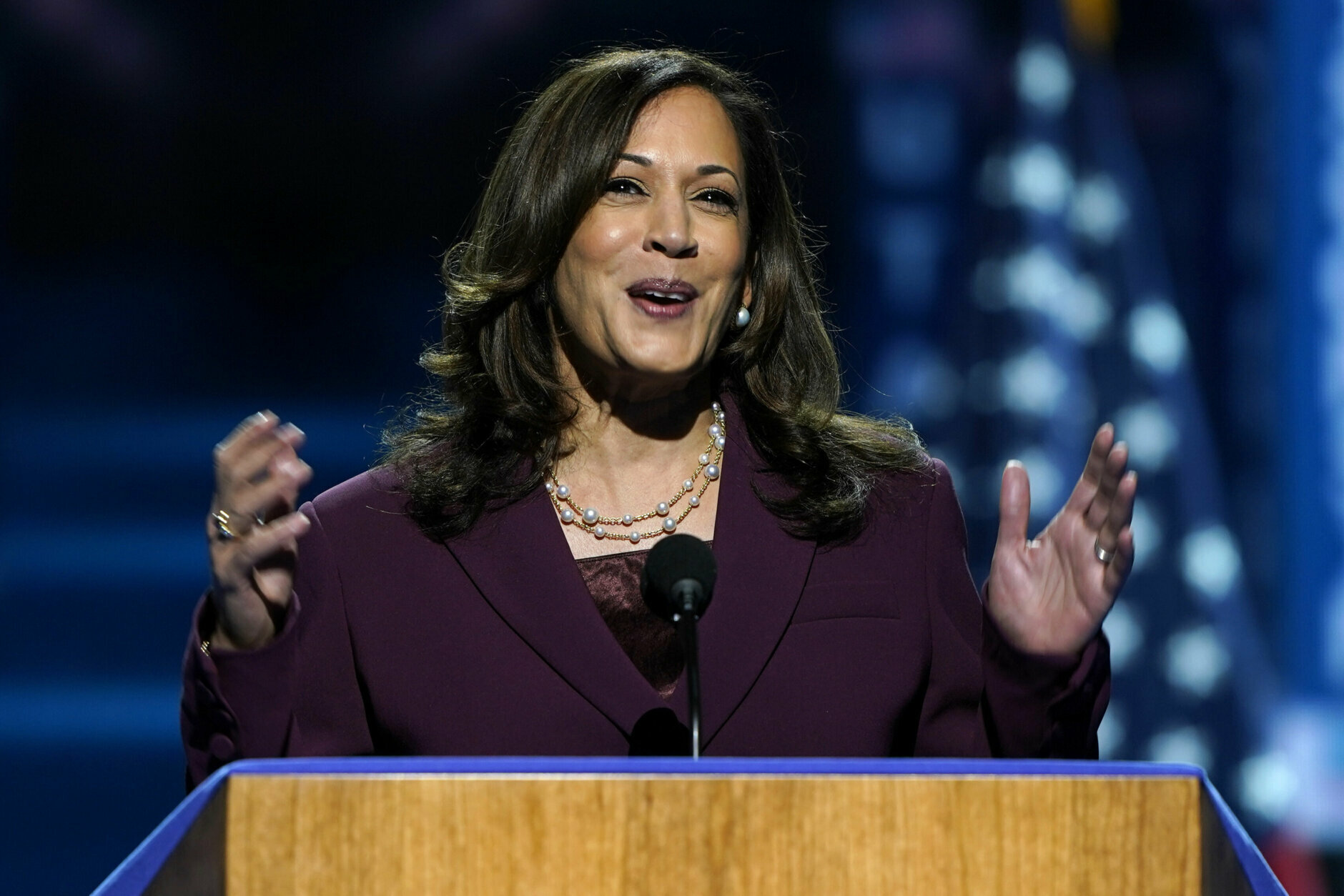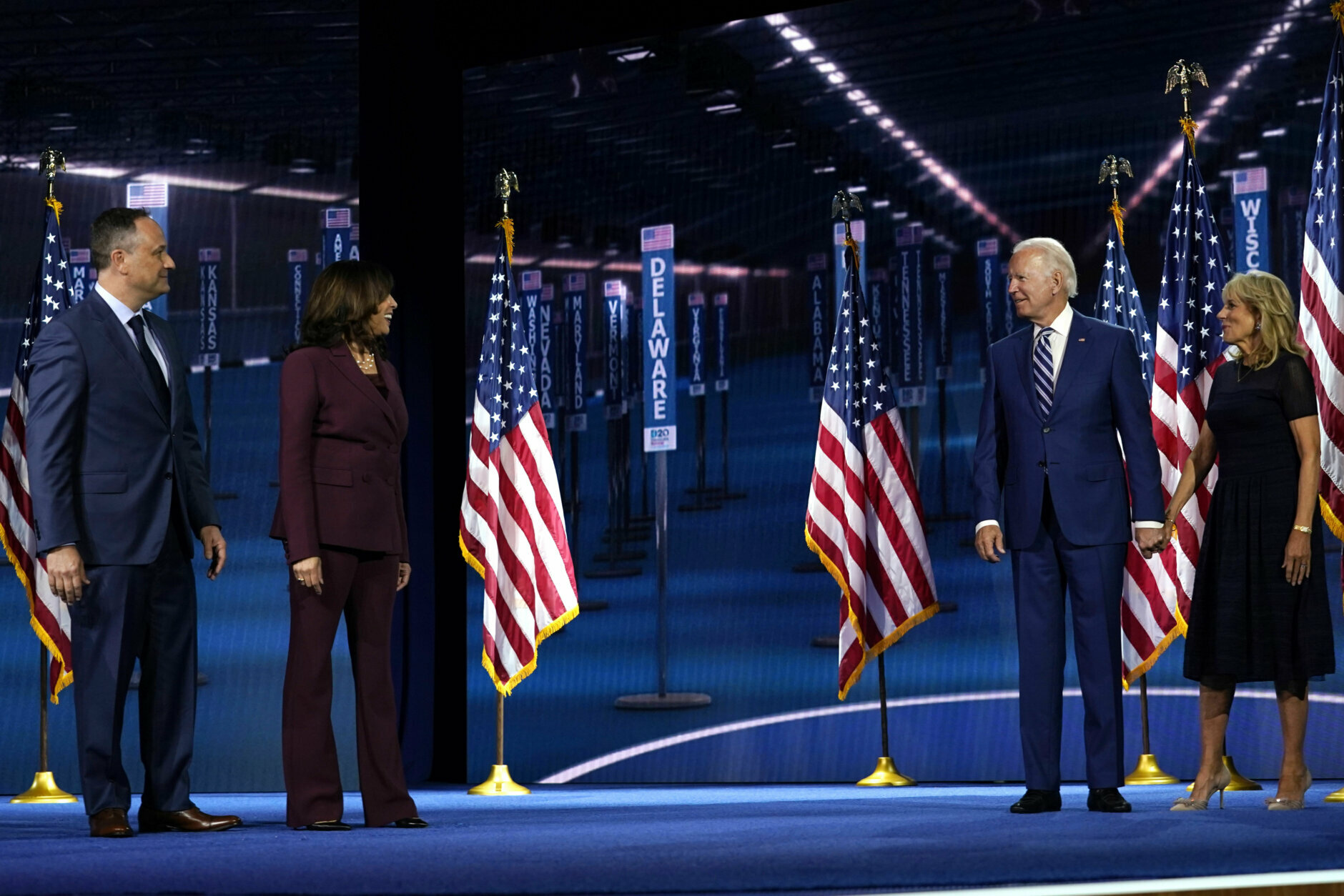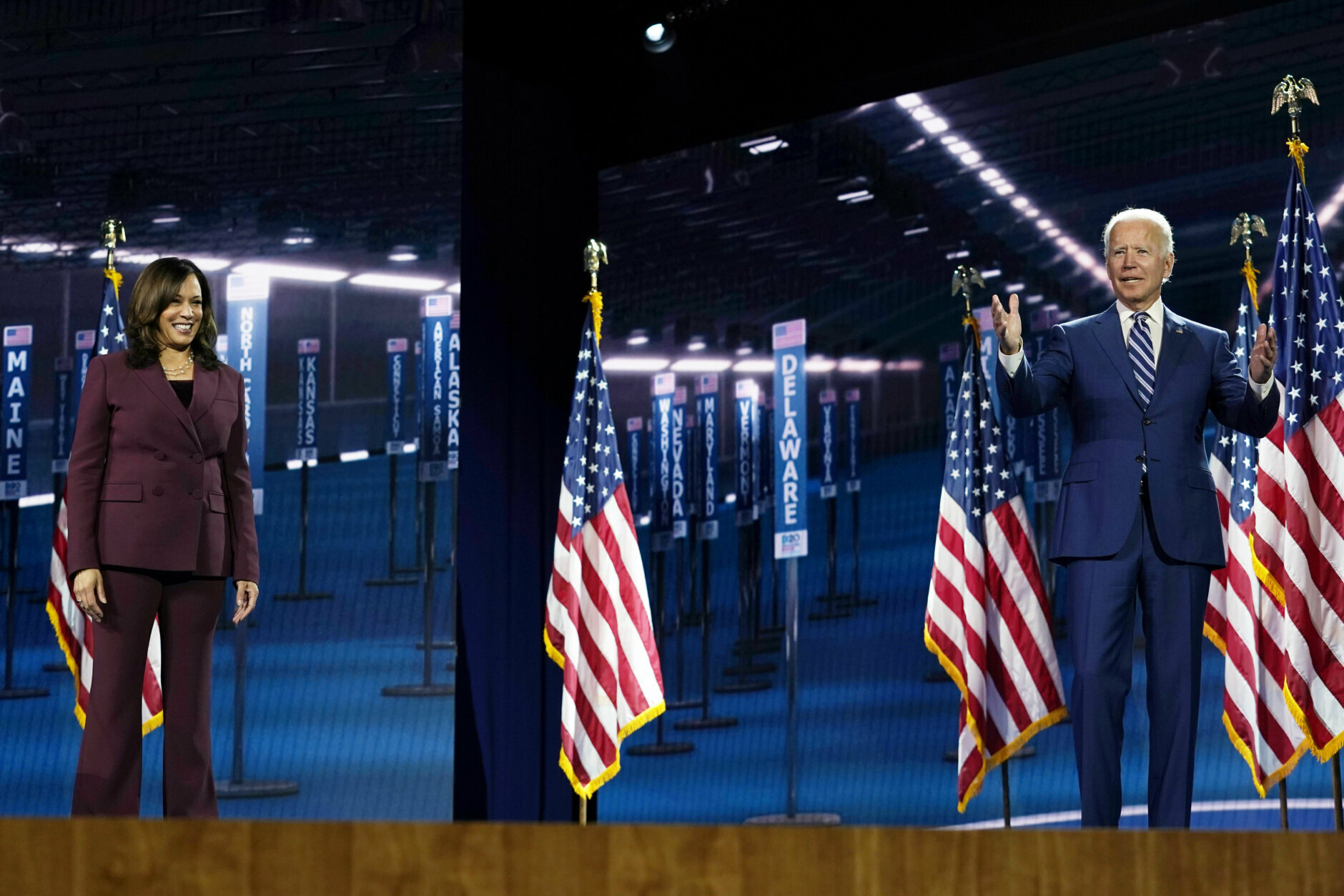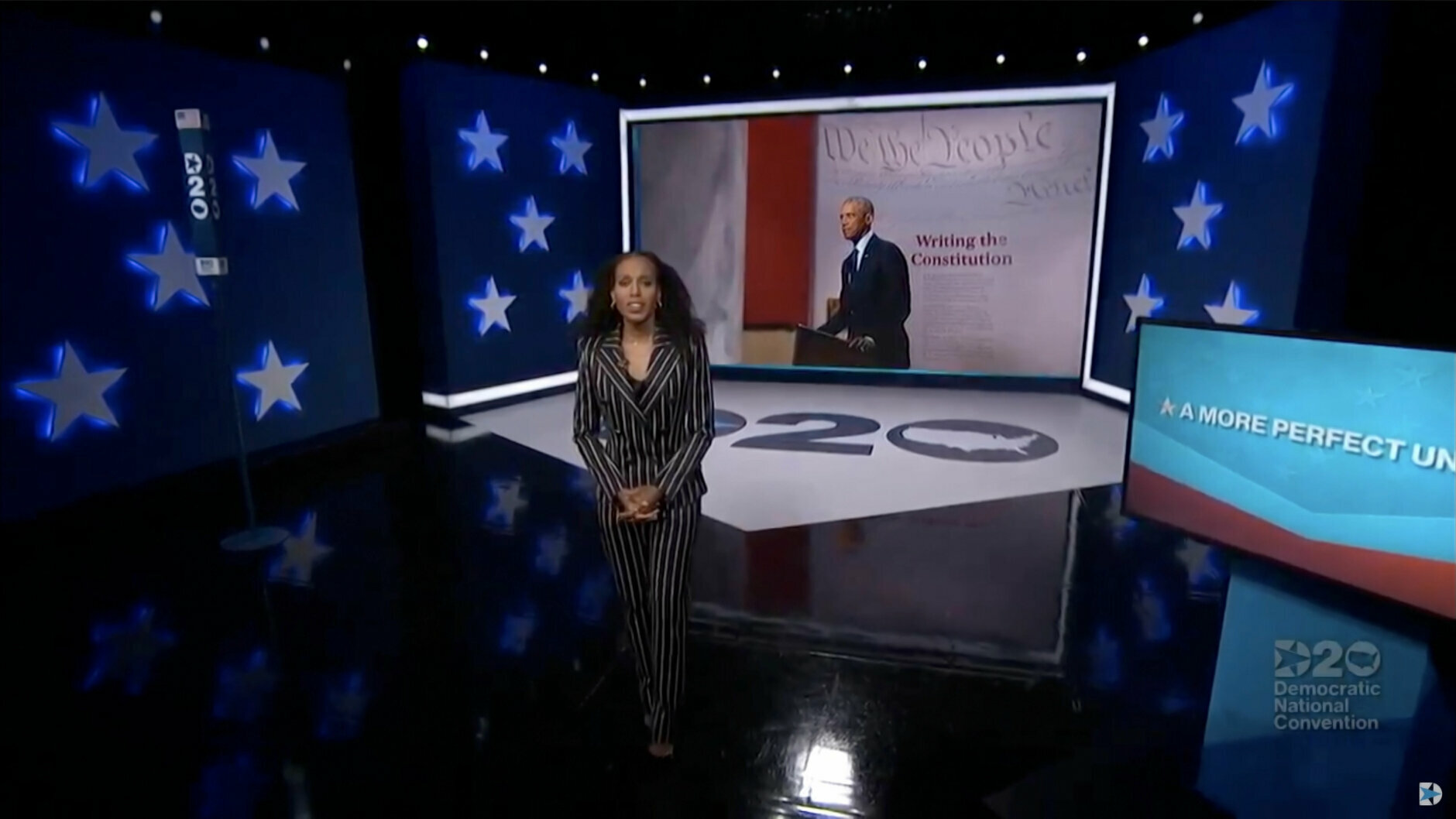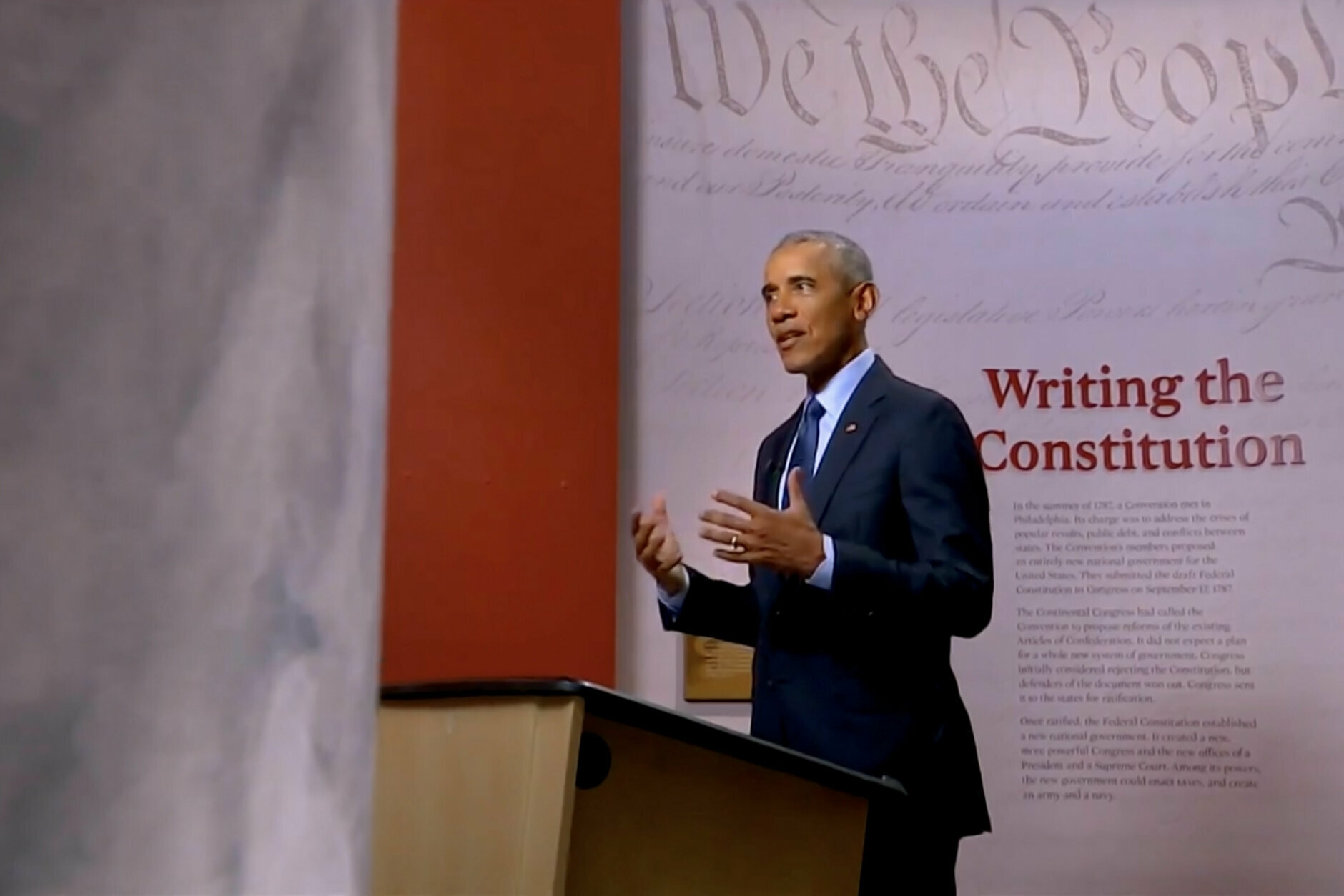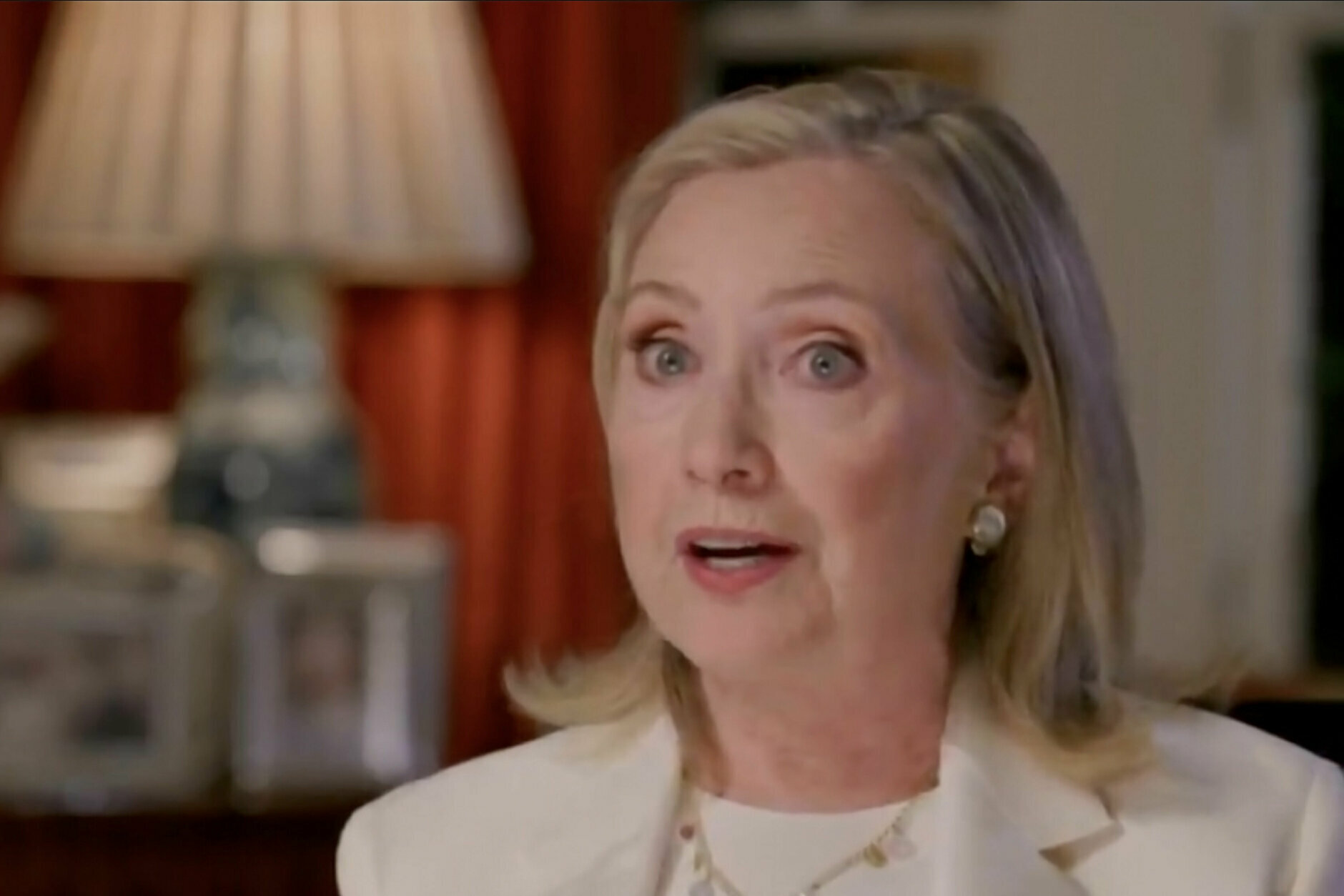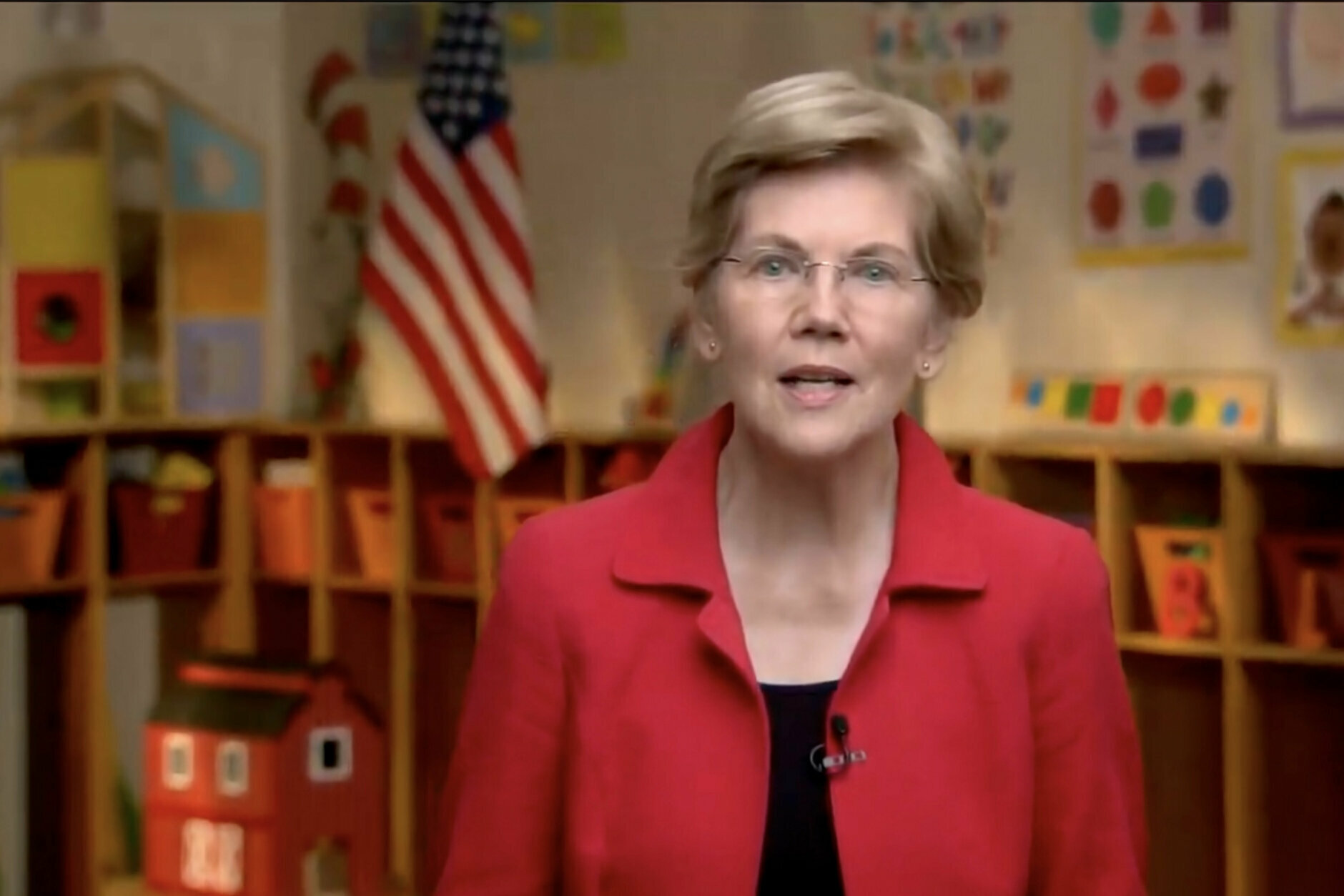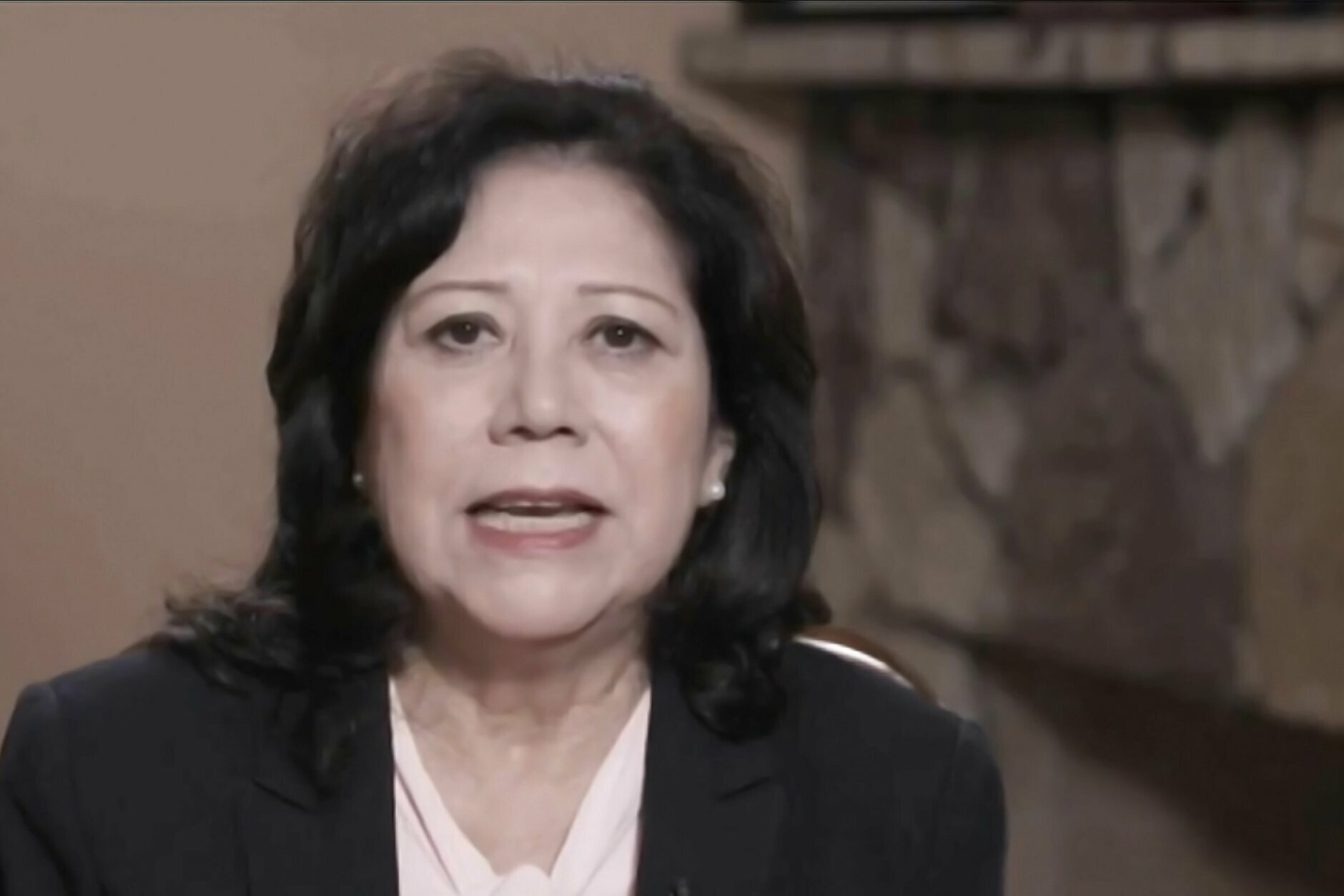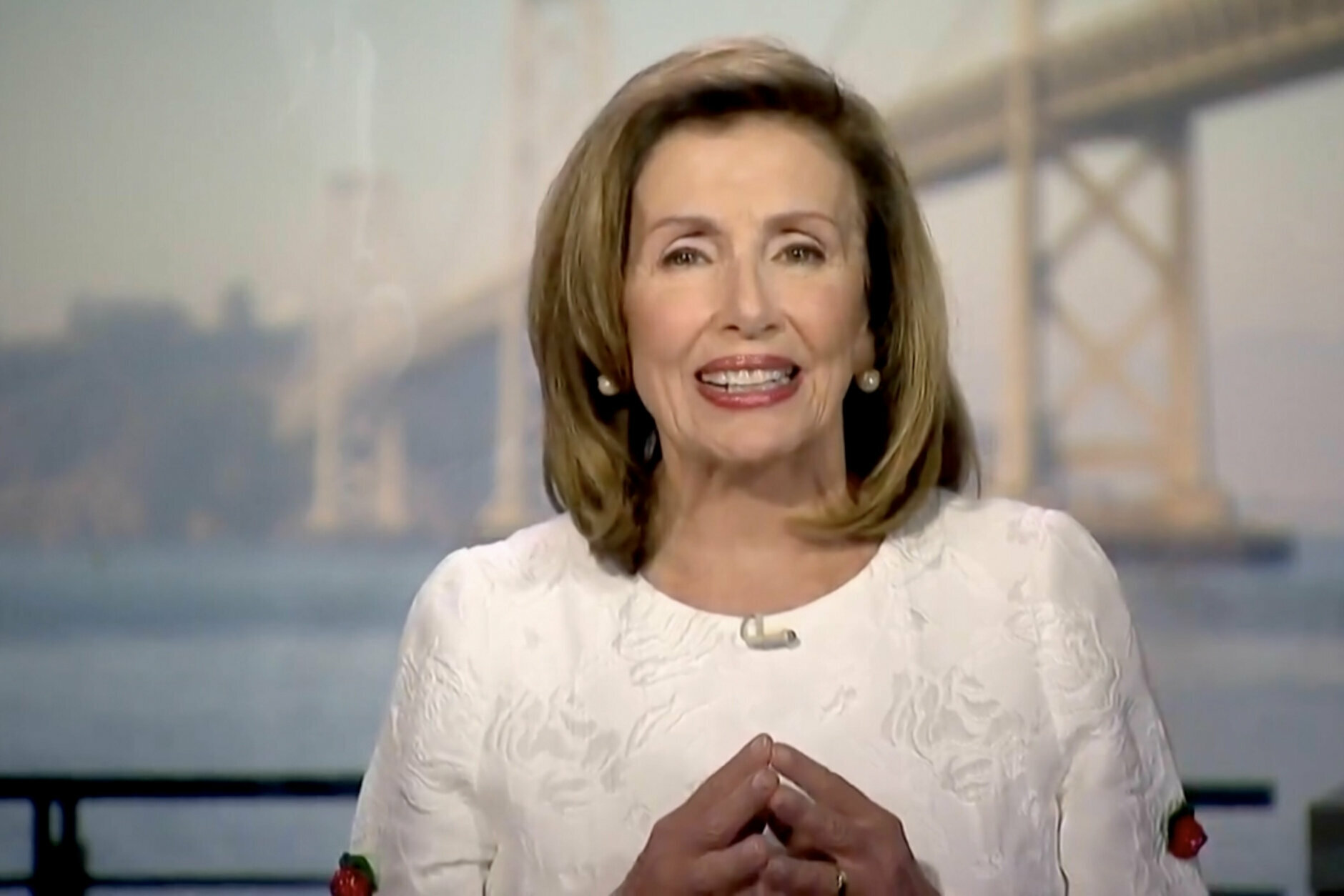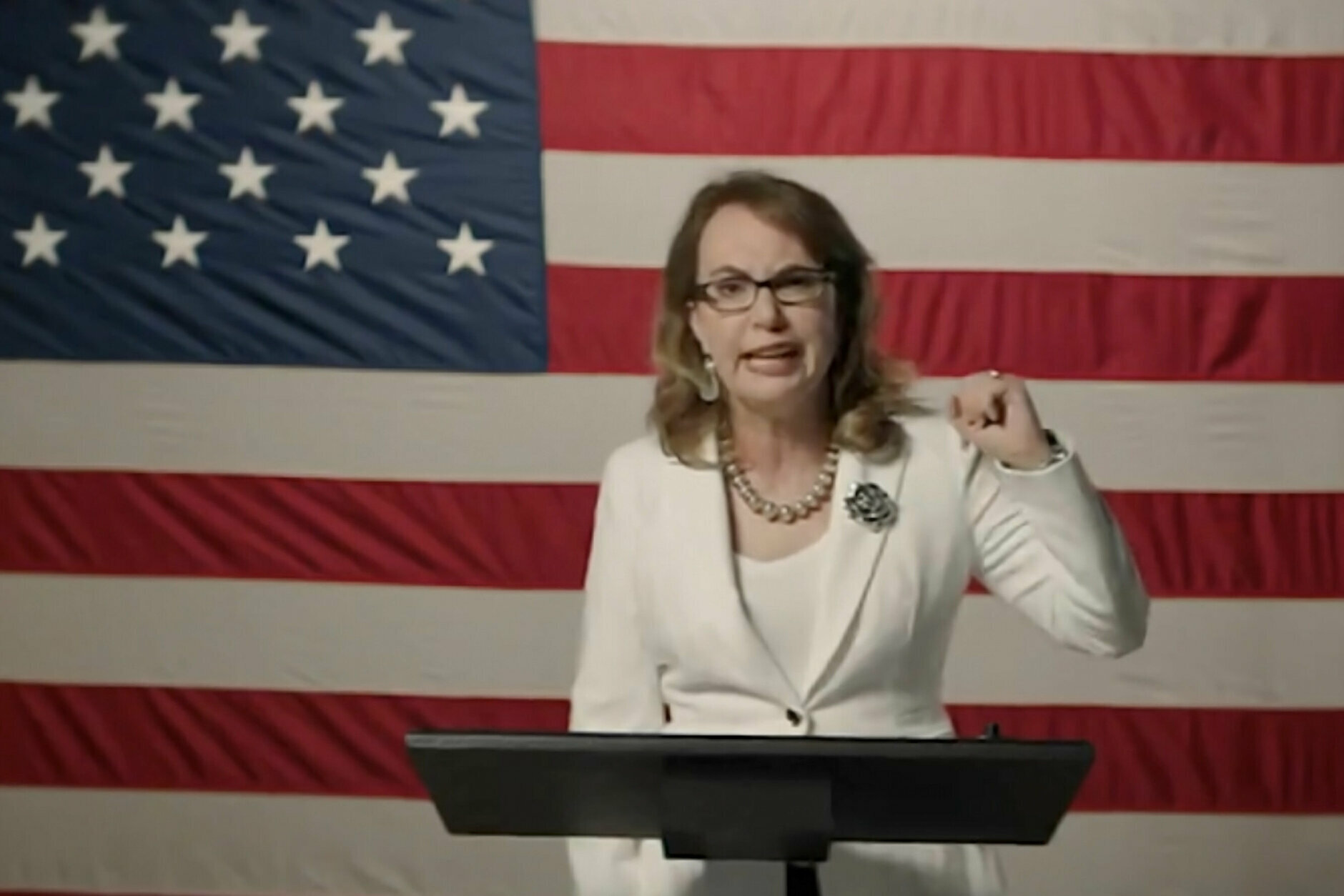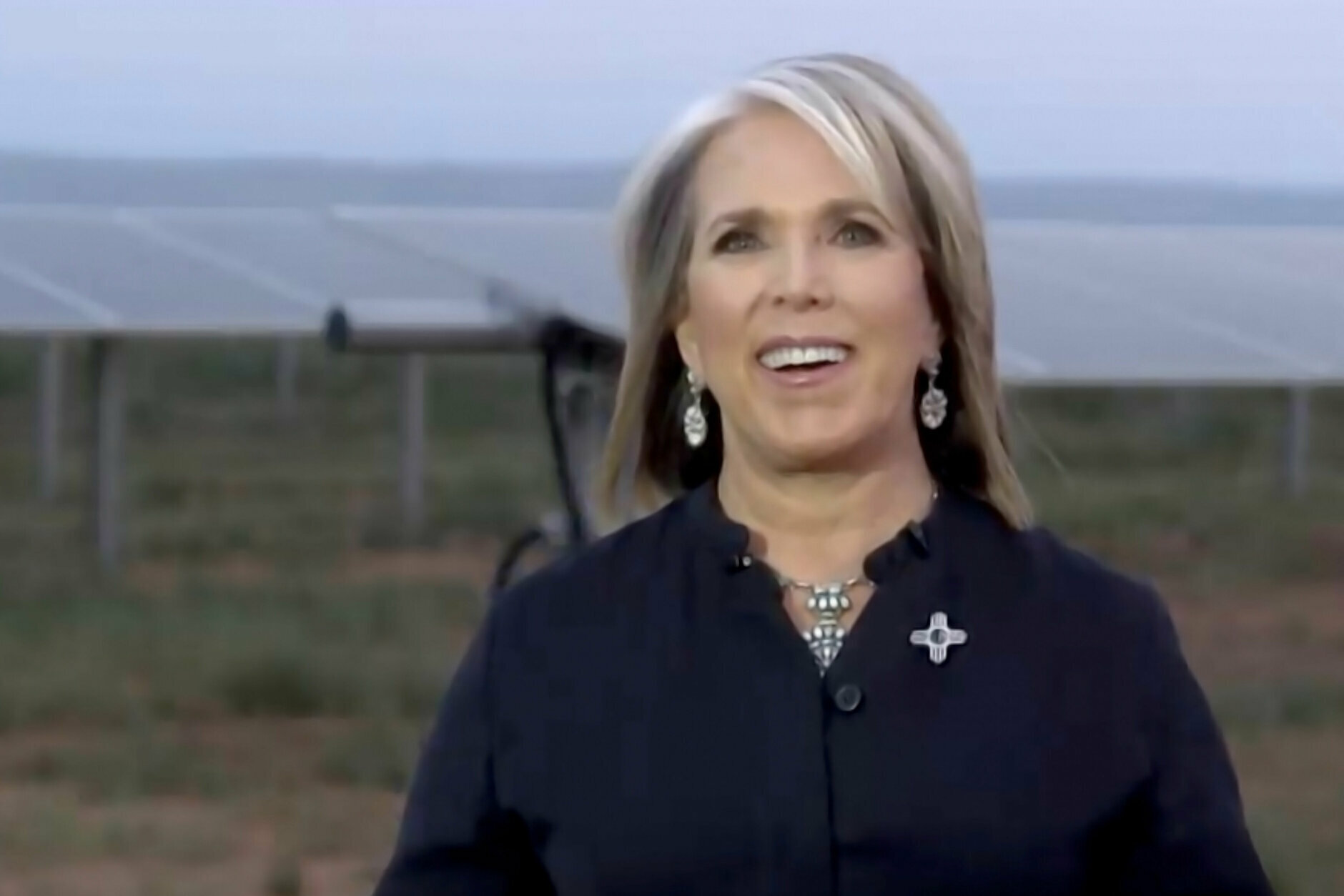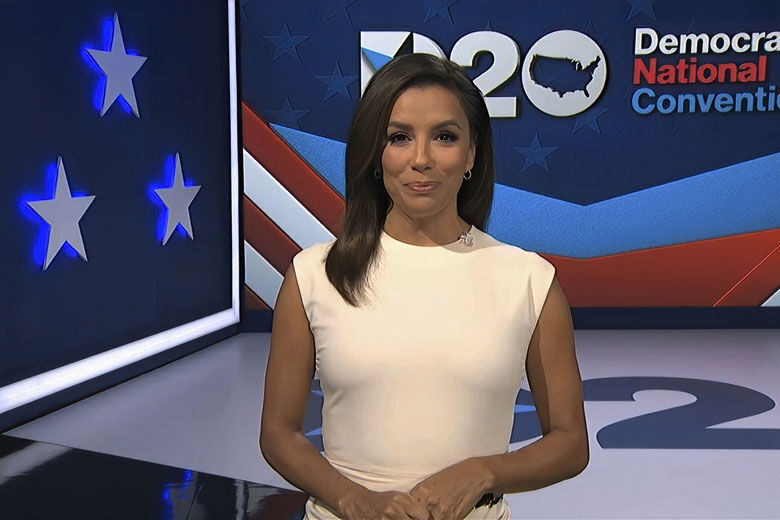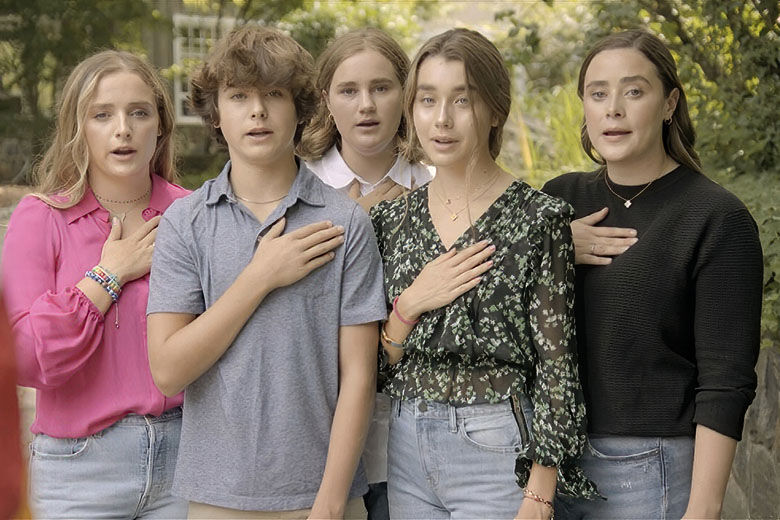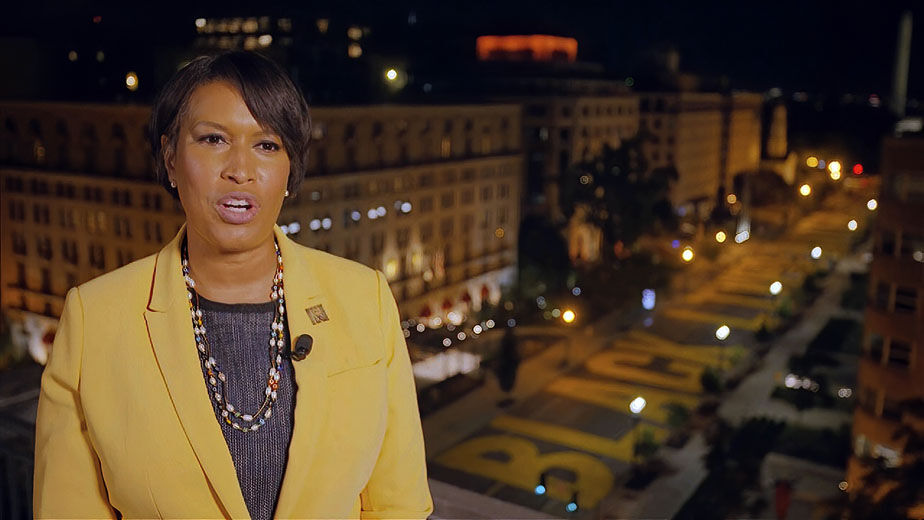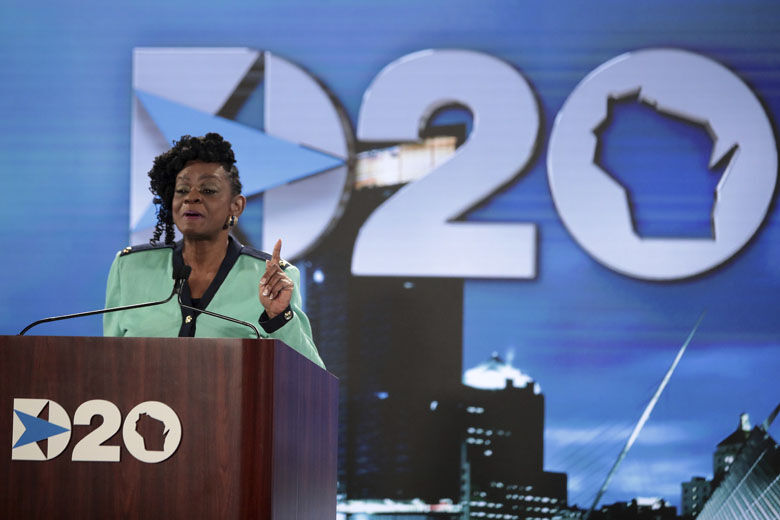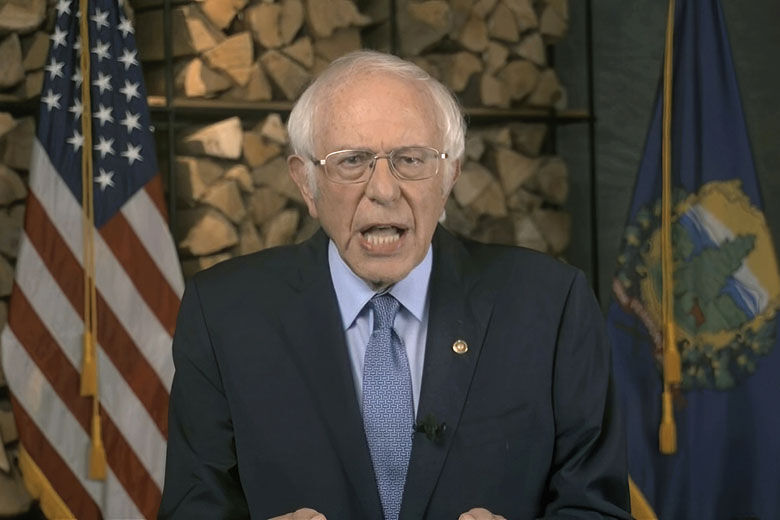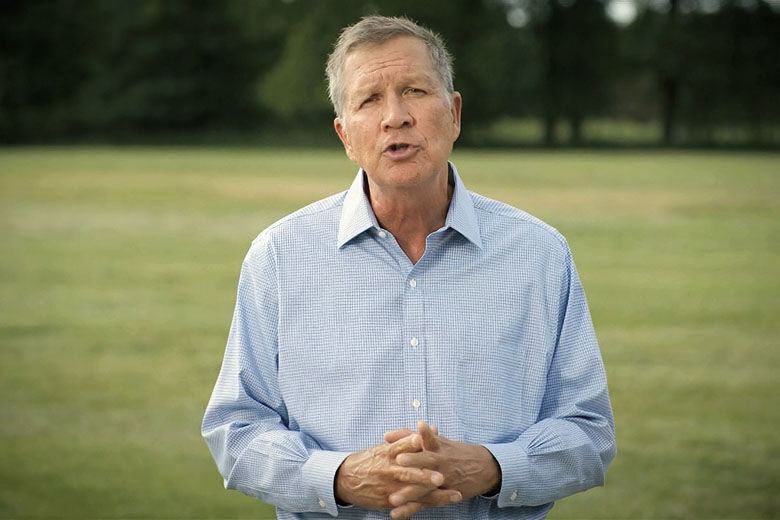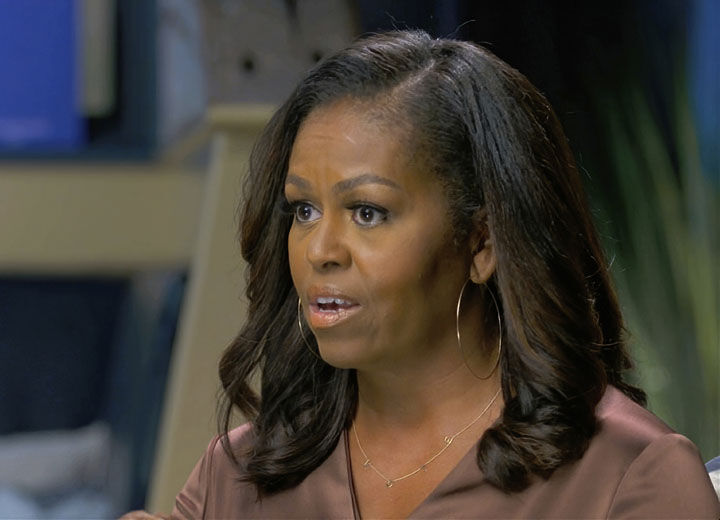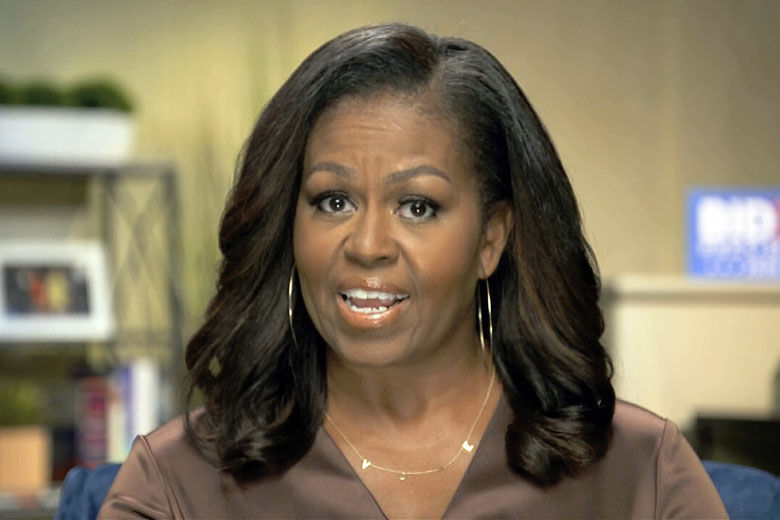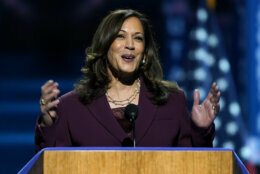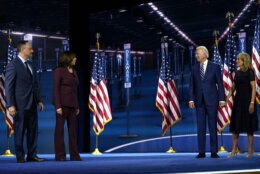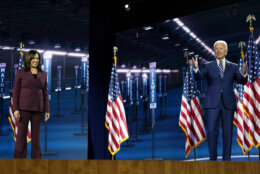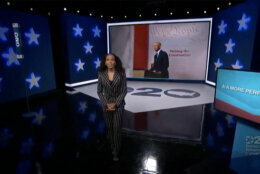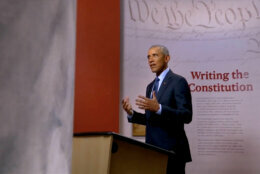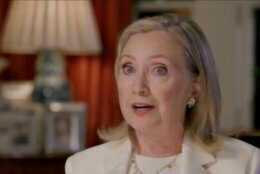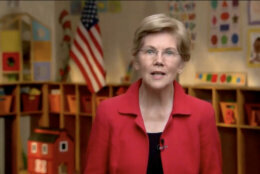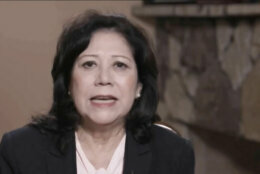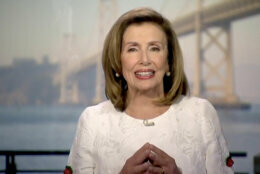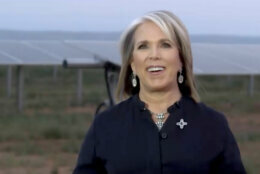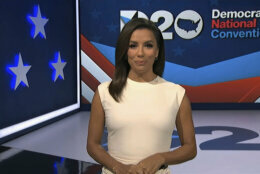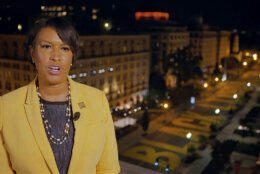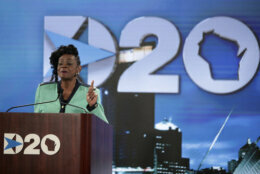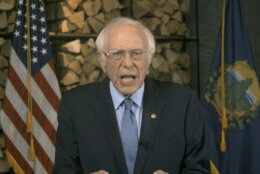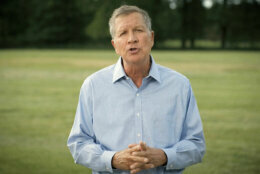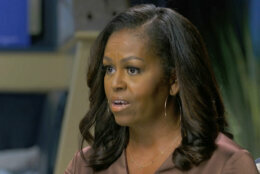A virtual convention can’t replicate the energy unleashed by thousands of the most passionate politicos gathered for a four-day jamboree every four years, to nominate their party’s presidential nominee.
But the first night of the Democratic National Convention showed that a virtual convention can have powerful moments and crystallize the party’s messages. For the most part, it was a well-produced two-hour television show.
The highlight for Democrats, as expected, was the keynote address by former first lady Michelle Obama. She was much more partisan than she has been in the past, but her speech was filled with a passion hard to ignore.
“You know I hate politics,” she said. “But you also know I care about this nation.”
Her appeal to reject President Donald Trump’s re-election played off of her well-known statement: “When they go low, we go high.”
She explained it in detail, noting it doesn’t mean simply ignoring bad things people say.
“Going high does not mean putting on a smile and saying nice things when confronted by viciousness and cruelty,” she said.
“Going high means taking the harder path. It means scraping and clawing our way to that mountain top.”
Michelle Obama’s speech was by far the longest and most effective of the first night of the convention.
Most of the speeches were only a few minutes long and the convention moved along at a fairly brisk clip. Sure, like any convention, it was a political infomercial, but it’s clear a lot of planning went into it.
Brief interviews with “average Americans” discussing their challenges during the pandemic worked better than if they would have been brought up on a stage. Democrats also received some political love from Republicans, including former Ohio congressman and governor John Kasich.
Musical montages were effective in tugging at emotions and relaying the pain of those who have lost loved ones to COVID-19.
Actress Eva Longoria, who hosted the convention’s first night, did a decent job of carrying much of the convention programming.
As for the politics, Sen. Bernie Sanders gave a speech that was expected, sharply criticizing Trump. And this convention didn’t include protests by his supporters, as it did in 2016 against Hillary Clinton.
D.C. Mayor Muriel Bowser got some prime time exposure, speaking with the backdrop of Black Lives Matter Plaza behind her as she criticized the president and his administration’s handling of protests in Lafayette Square.
“We can’t just say those words. We have to live those words,” she said, referring to the words now painted on 16th Street. “We have to undo the laws and systems that have codified racism for far too long.”
Bowser introduced the brother of George Floyd, Philonise, who said his brother should still be alive. George Floyd’s death, while in the custody of Minneapolis police, set off a summer filled with protests.
The convention, while lacking the raucous crowds, may cause viewers to be more focused on what the speakers are actually saying. There are no distractions and the messages are clear.
Political messages presented in these two-hour shows will of course be very different from those presented at the Republican National Convention next week.
The conventions were not originally scheduled to be back to back. But the pandemic changed that, as it has so many other things.
Americans over the next two weeks will see in sharp relief the political divide that separates Democrats and Republicans, heading toward the Nov. 3 presidential election.



